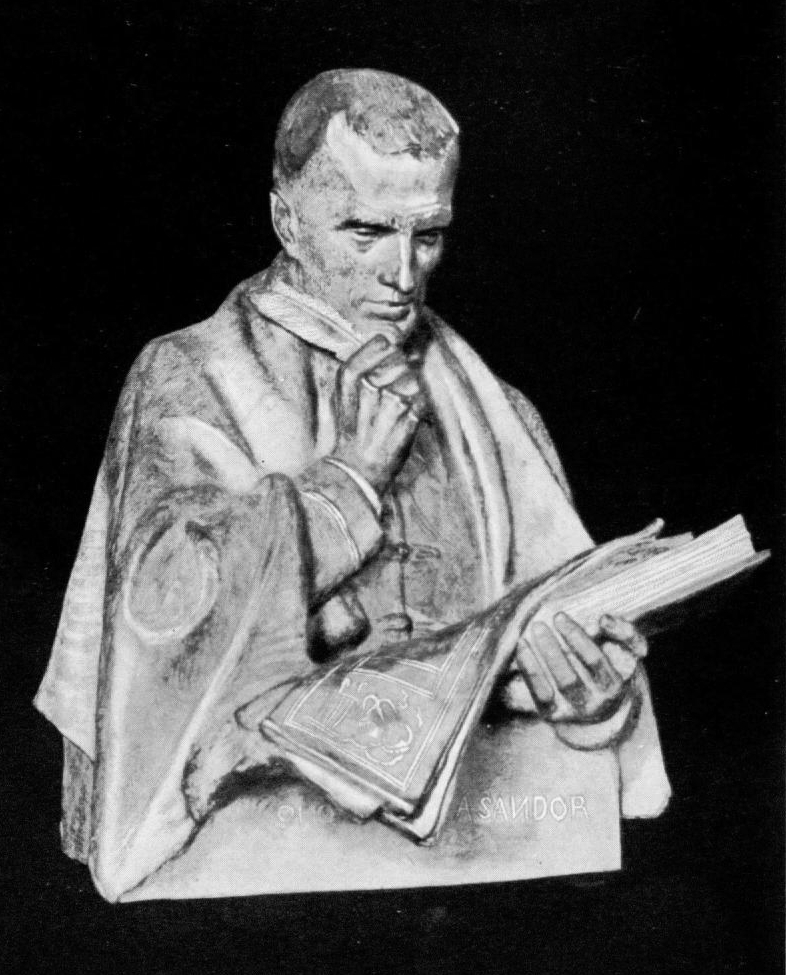|
Mahāvyutpatti
The ''Mahāvyutpatti'' (Devanagari: महाव्युत्पत्ति, compound of महत् (in compounds often महा) - great, big, and व्युत्पत्ति f. - science, formation of words, etymology; Wylie: Bye-brag-tu rtogs-par byed-pa chen-po), ''The Great Volume of Precise Understanding'' or ''Essential Etymology'', was compiled in Tibet during the late eighth to early ninth centuries CE, providing a dictionary composed of thousands of Sanskrit and Tibetan terms designed as means to provide standardised Buddhist texts in Tibetan, and is included as part of the Tibetan Tengyur (Toh. 4346). It is the earliest substantial bilingual dictionary known. The ''Mahāvyutpatti'' is traditionally attributed to the reign of Ralpacan (c. 838), "but as Professor Tucci has pointed out (''Tombs of the Tibetan Kings'', pp. 14–15), it undoubtedly goes back to his predecessor Sad-na-legs, and one might well assume, in its actual conception, even back to the t ... [...More Info...] [...Related Items...] OR: [Wikipedia] [Google] [Baidu] |
Mahāvyutpatti Title Page
The ''Mahāvyutpatti'' (Devanagari: महाव्युत्पत्ति, compound of महत् (in compounds often महा) - great, big, and व्युत्पत्ति f. - science, formation of words, etymology; Wylie: Bye-brag-tu rtogs-par byed-pa chen-po), ''The Great Volume of Precise Understanding'' or ''Essential Etymology'', was compiled in Tibet during the late eighth to early ninth centuries CE, providing a dictionary composed of thousands of Sanskrit and Tibetan terms designed as means to provide standardised Buddhist texts in Tibetan, and is included as part of the Tibetan Tengyur (Toh. 4346). It is the earliest substantial bilingual dictionary known. The ''Mahāvyutpatti'' is traditionally attributed to the reign of Ralpacan (c. 838), "but as Professor Tucci has pointed out (''Tombs of the Tibetan Kings'', pp. 14–15), it undoubtedly goes back to his predecessor Sad-na-legs, and one might well assume, in its actual conception, even back to the tim ... [...More Info...] [...Related Items...] OR: [Wikipedia] [Google] [Baidu] |
Bilingual Dictionary
A bilingual dictionary or translation dictionary is a specialized dictionary used to translate words or phrases from one language to another. Bilingual dictionaries can be ''unidirectional'', meaning that they list the meanings of words of one language in another, or can be ''bidirectional'', allowing translation to and from both languages. Bidirectional bilingual dictionaries usually consist of two sections, each listing words and phrases of one language alphabetically along with their translation. In addition to the translation, a bilingual dictionary usually indicates the part of speech, gender, verb type, declension model and other grammatical clues to help a non-native speaker use the word. Other features sometimes present in bilingual dictionaries are lists of phrases, usage and style guides, verb tables, maps and grammar references. In contrast to the bilingual dictionary, a monolingual dictionary defines words and phrases instead of translating them. History The Ro ... [...More Info...] [...Related Items...] OR: [Wikipedia] [Google] [Baidu] |
Ralpacan
Tritsuk Detsen (), better known by his nickname Ralpachen () (c. 806 CE–838), according to traditional sources, was the 41st king of the Yarlung Dynasty of Tibet. He reigned after the death of his father, Sadnalegs, in c. 815, and grew the empire to its largest extent. He was murdered by his brother in 838. Ralpachen is one of Tibet's three Dharma Kings, and referred to as "son of God" in the ancient Tibetan chronicle Testament of Ba. Ralpachen was the second of five brothers. The eldest, Prince Tsangma, took Buddhist vows. The third, Langdarma is referred to in the sources as "unfit to reign". The younger two brothers both died young., p. 17 Ralpachen is considered a very important king in the history of Tibet and Tibetan Buddhism, as one of the three Dharma Kings (''chosgyal'') of the Yarlung Dynasty, which include Songtsen Gampo the 33rd king, Trisong Detsen the 38th king, and Ralpachen. All three kings respectively contributed in bringing Mahayana Buddhism to Tibet, in ... [...More Info...] [...Related Items...] OR: [Wikipedia] [Google] [Baidu] |
Sándor Kőrösi Csoma
Sándor Csoma de Kőrös (; born Sándor Csoma; 27 March 1784/811 April 1842) was a Hungarian people, Hungarian philologist and Orientalist, author of the first Standard Tibetan, Tibetan–English language, English dictionary and grammar book. He was called Phyi-glin-gi-grwa-pa in Tibetan, meaning "''the foreign pupil''", and was declared a ''bosatsu'' or bodhisattva by the Japanese in 1933. He was born in Kőrös, Grand Principality of Transylvania (today part of Covasna, Romania). His birth date is often given as 4 April, although this is actually his baptism day and the year of his birth is debated by some authors who put it at 1787 or 1788 rather than 1784. The Magyars, Magyar ethnic group, the Székelys, to which he belonged believed that they were derived from a branch of Attila's Huns who had settled in Transylvania in the fifth century. Hoping to study the claim and to find the place of origin of the Székelys and the Magyars by studying language kinship, he set off to Asi ... [...More Info...] [...Related Items...] OR: [Wikipedia] [Google] [Baidu] |


